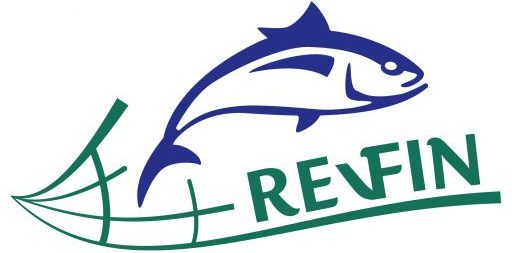Why recycling?
The focus is shifting from the recycling of waste to its use as a resource. At the same time, this results in a reduction and avoidance of CO2 emissions, which are generated during the production of new plastics or the incineration of old plastics. In addition to these new aspects, however, plastic recycling continues to be a major aspect in the fight against environmental pollution and the associated impact on flora and fauna.
1950 – 2020
~ 10.000 MT

Global plastics production 1950-2015 GEYER et al. (Geyer 2017): cumulative global production of all plastics for the period 1950-2020 of approx. 10,000 Mt; approx. 30 % are still in use, approx. 10 % were recycled and approx. 10 % were incinerated. The remaining half was released into the environment in an organized or unorganized manner. In 2022 alone, 400 million tons of plastic were produced worldwide (PlasticsEurope, 19 October, 2023).
Challenges and goals
Waste reduction and management in relation to plastics
Ever-increasing amount of plastic waste (terrestrial, aquatic)
Defossilization and circular economy
Avoiding the use of fossil raw materials, moving towards the use of existing materials, reintegrating them, circular economy
Securing the resource, plastics of enormous importance for our current standard of living
Emission reduction and avoidance
Climate change, sustainability
Reducing emissions from the production of new plastics or disposing of them to generate energy
Basic knowledge
In recycling or waste recovery, waste products are reused or their source materials are turned into secondary raw materials, which can then be further processed into new products. The materials produced in this way are referred to as recyclate or regenerate.
Previous value chain
- Linear: Means resources are taken from the environment for production (oil, gas), waste is largely left to the environment (thrown away, landfills, etc.) and sometimes disposed of improperly
- Use of a variety of material combinations through chemical formulation, construction/assembly, use, etc. >> this leads to a complex classification of the different materials and makes it difficult to recycle them as pure materials
- in this chain, waste has neither a function nor a value, nor are the responsibilities and accountabilities clarified
Circular Economy
- Products are produced in a cycle-oriented manner: from plastics production and processing, product manufacturing, trade and consumption to disposal and recycling
- Strategy components:
- Increasing the service life
- Circular suitability of products via product design (assembly/disassembly)
- Increasing energy and resource efficiency
- Use of renewable energies
- Closing the loop through the use of circular raw materials
- Conservation of limited resources
- Reduction/avoidance of greenhouse emissions
- Aspects of a holistic product design: benefits for users, society and the environment; i.e. functionality, durability, product safety and marketability, resource consumption, energy efficiency, carbon footprint and cost-effectiveness, as well as suitability for recycling with recyclability and enabling circular waste recovery
